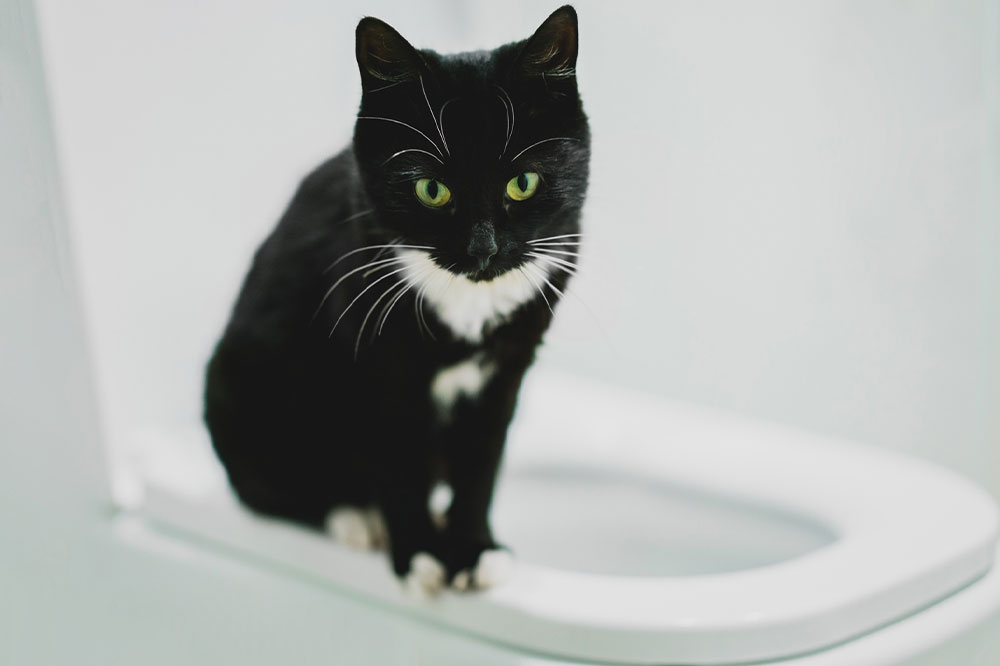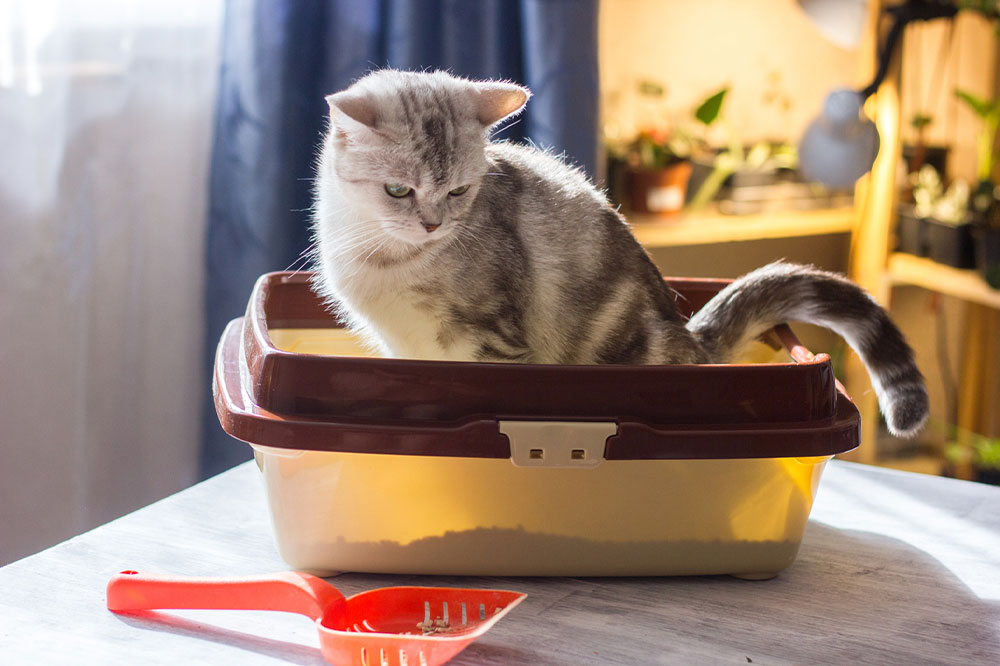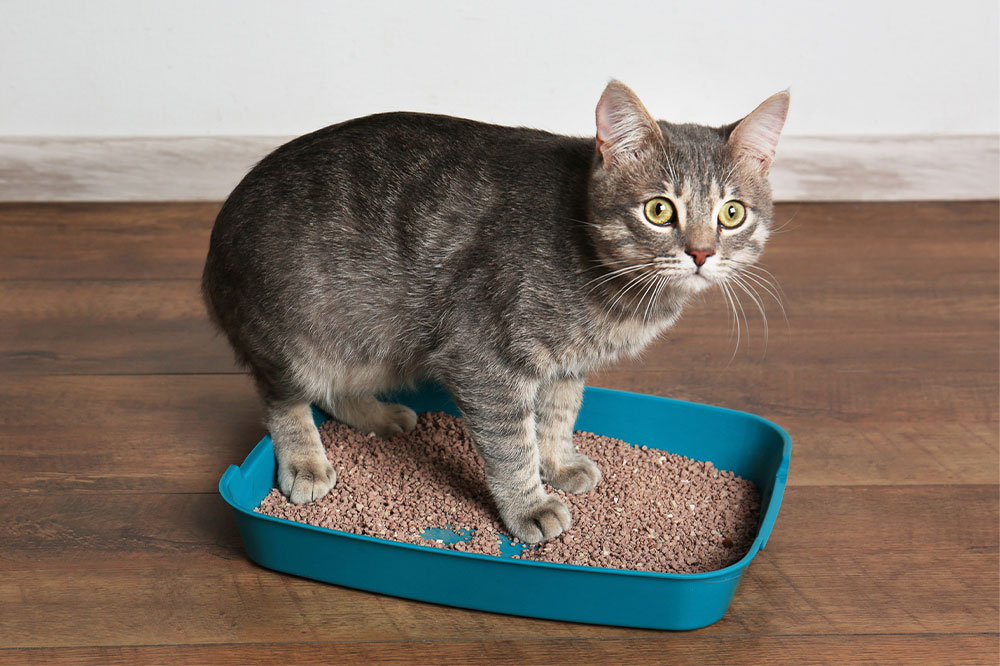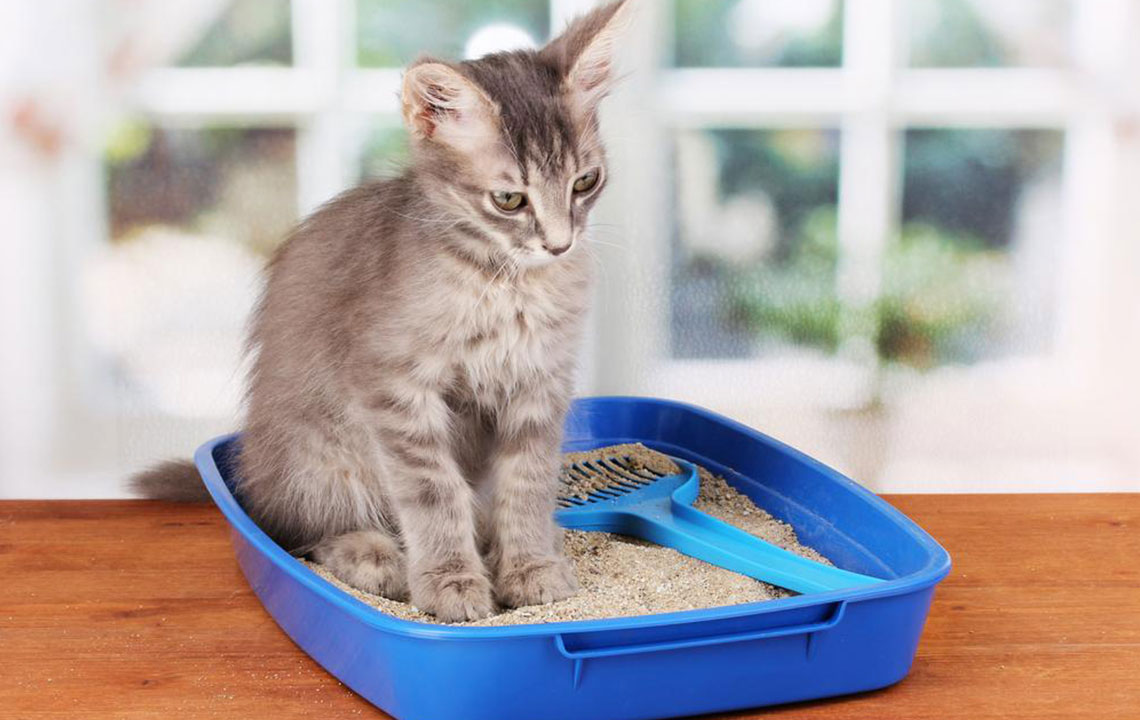Effective Strategies for Housebreaking Your Cat to Use the Toilet
Discover essential tips to toilet train your cat efficiently. From selecting the right timing and creating a dedicated bathroom space to gradually raising the litter box and rewarding success, this guide simplifies the process. Patience and consistency are key to helping your feline friend adapt to toilet habits, reducing litter box chores and maintaining hygiene. Follow these effective strategies for a smoother transition and a cleaner, more convenient household environment.
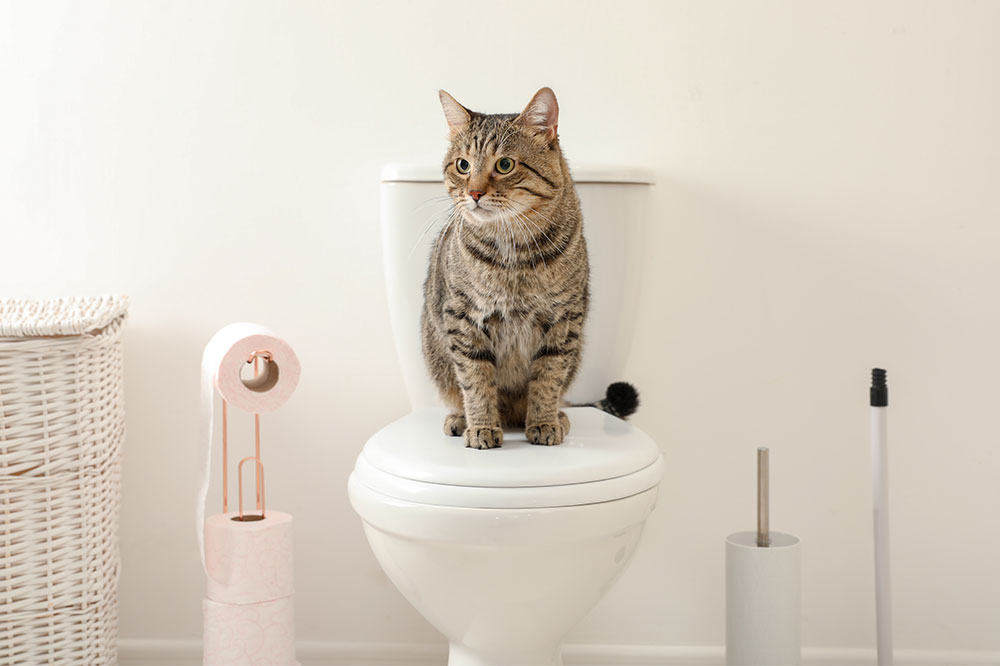
Effective Strategies for Housebreaking Your Cat to Use the Toilet
Many pet owners seek to eliminate daily litter box cleaning, prompting interest in toilet training cats from the start. While cats are intelligent and adaptable, establishing new bathroom routines requires patience and proper tools. Careful planning, choosing the right timing, and following specific steps can make the process smoother. Remember, consistency and understanding your feline's cues are essential for success. With dedication, you can help your cat transition to using the toilet, reducing mess and maintenance.
Select the Optimal Moment
Timing is crucial for effective toilet training. Avoid starting during busy periods, such as when guests are visiting or when you're overwhelmed with work. Wait for a calm, quiet time at home when you can dedicate attention to the training process.
Create a Well-Defined Bathroom Space
Designate a specific bathroom as your cat’s bathroom area. Keep the door slightly ajar during their bathroom time, allowing privacy and comfort. Encourage all household members and visitors to keep the lid up and the seat down to promote consistency.
Position the Litter Box Near the Toilet
Place your cat’s litter box close to the toilet to facilitate the transition. Using high-quality, low-dust litter like Fresh Step® Outstretch™ simplifies cleaning and encourages your cat to adapt gradually to the new location.
Gradually Elevate the Litter Box
Lift the litter box incrementally—about an inch at a time—until it reaches the height of the toilet seat. Use stacks of paper or similar objects to achieve this. Slowly move the litter box closer to the toilet, aligning it directly over the seat as training progresses.
Encourage and Reward Progress
Praise your cat and offer treats or toys whenever they successfully use the toilet. Reinforcement helps build positive associations with the new routine. However, avoid expecting treats every time to prevent dependence on rewards.
Important Notice:
The information shared on our platform covers various topics, providing practical and helpful insights. While our team strives for accuracy and effectiveness, readers should consider this content as guidance rather than definitive advice. We disclaim responsibility for discrepancies or errors that may occur elsewhere online. Additionally, some promotional offers or schemes may not be reflected here, so explore what's best for your pet’s needs independently.

